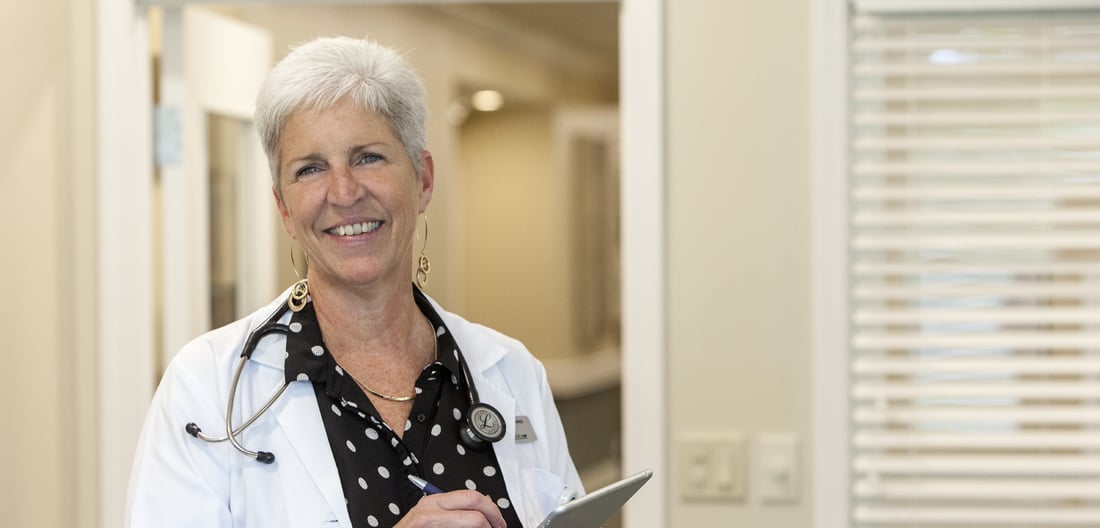BRIDGE THE GAP
Have we mentioned lately how much we love nurse practitioners? It’s been a while since our previous blog discussed how Advanced Practice Nurses (APNs) are likely going to fill in the gaps of the predicted shortage of primary care physicians (PCPs) in the next decade, and today we will discuss APNs primary care role in more detail. The healthcare industry has been seeing big changes on the horizon for quite some time, and one of the most concerning is the increasing inability of some populations to access adequate primary care (a combination of increasing need and physician shortage). But there is hope on the horizon, too. A recent report by the American Enterprise Institute (AEI) summarizes a body of research looking at this issue and concludes that NPs will not just be available to fill these gaps, they will be exceedingly good at filling them.
QUANTITY
For decades medical schools have not produced enough PCPs to fill increasing demand, and this is particularly true in rural areas and for vulnerable populations. This has created a panic about the quality of care such populations are receiving, and with good cause – quality, regular, primary care is well known to lower health care costs, decrease emergency department visits and hospitalizations, and lower mortality. APNs are well-suited to handle primary care application, and, thankfully, more and more states have granted full practice authority. At the time of our last blog on the topic (June, 2018), 21 states had granted NPs full practice authority; now 23 states have done so.
QUALITY
Those that still limit or restrict APNs care typically do so out of a concern for the quality of the care given. A laudable goal to be sure, but according to the AEI report, the restrictions may be misguided. A number of studies have been done to assess the quality of care given by APNs compared to PCPs. In almost all cases, the care given by APNs is assessed as comparable, and in some cases, better. This is excellent news because NPs are more likely to be providing care to vulnerable populations such as nonwhites, women, American Indians, the poor and uninsured, people on Medicaid, and those using Medicare because of a disability. In fact, the 248,000 APNs in the US see over one billion patients per year.
TO THE FULLEST
LeaderStat fully supports the conclusions and recommendations of the report: 1. policymakers such as hospital boards and credentialing bodies should allow APNs to practice to the fullest extent of their training and ability; 2. physicians must understand that APNs provide quality health care to some of the neediest populations, and work with them to create a healthcare workforce that is more responsive to communities’ needs; and 3. public policymakers should remove restrictions on APNs that limit their scope-of-practice.
LeaderStat is proud to be part of the future of healthcare by recruiting qualified APNs, Physician Assistants (PAs) and Physicians. We place these professionals in temporary and permanent positions, and do the work of making sure the position is a good fit for both parties.
-1.png?width=292&height=64&name=LeaderStat%20Logo%20(4)-1.png)


-1.png?width=258&name=LeaderStat%20Logo%20(4)-1.png)